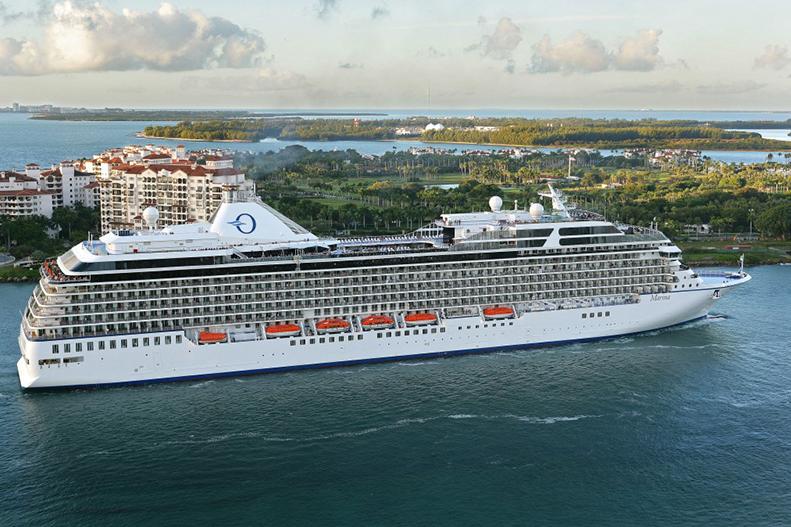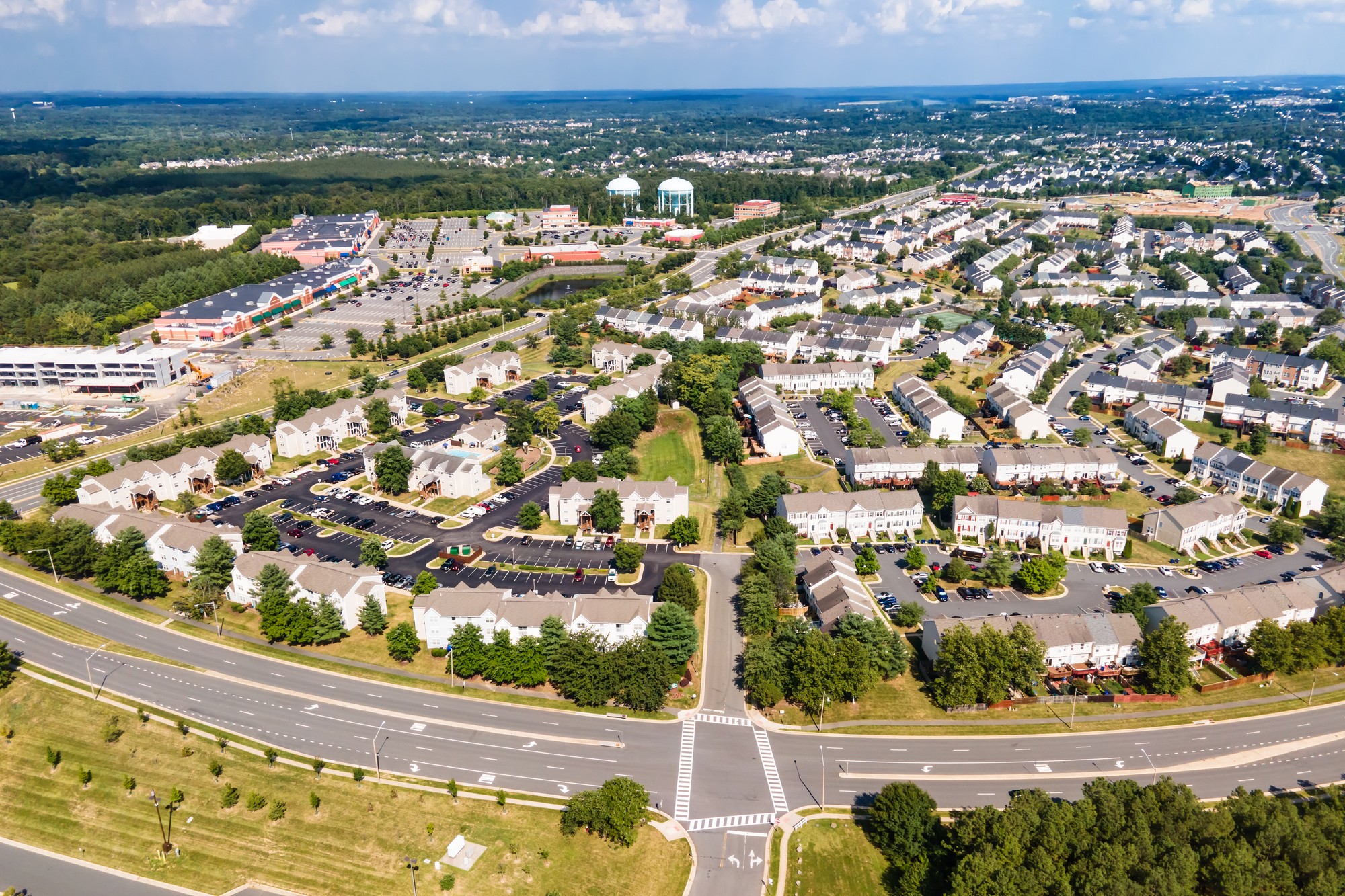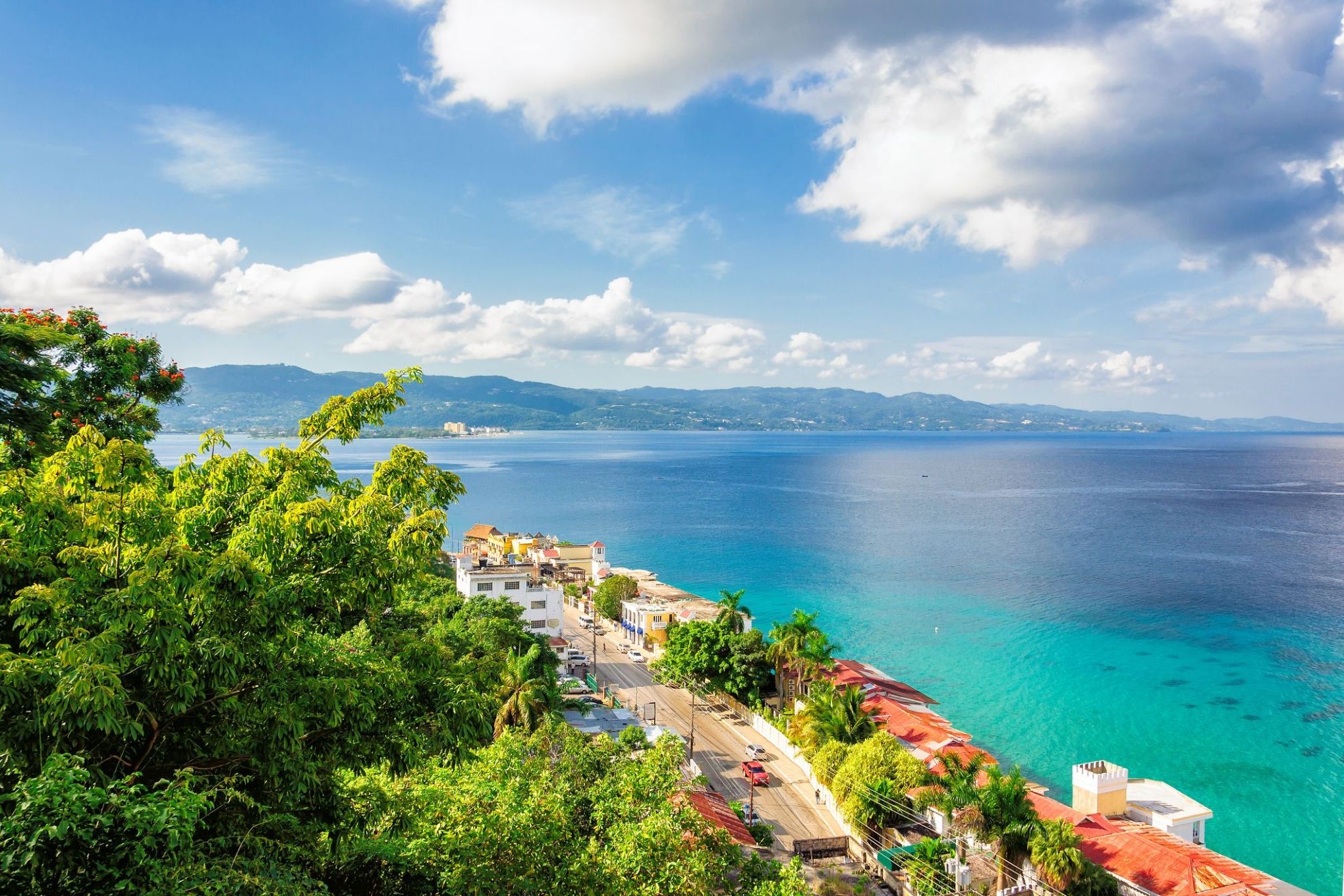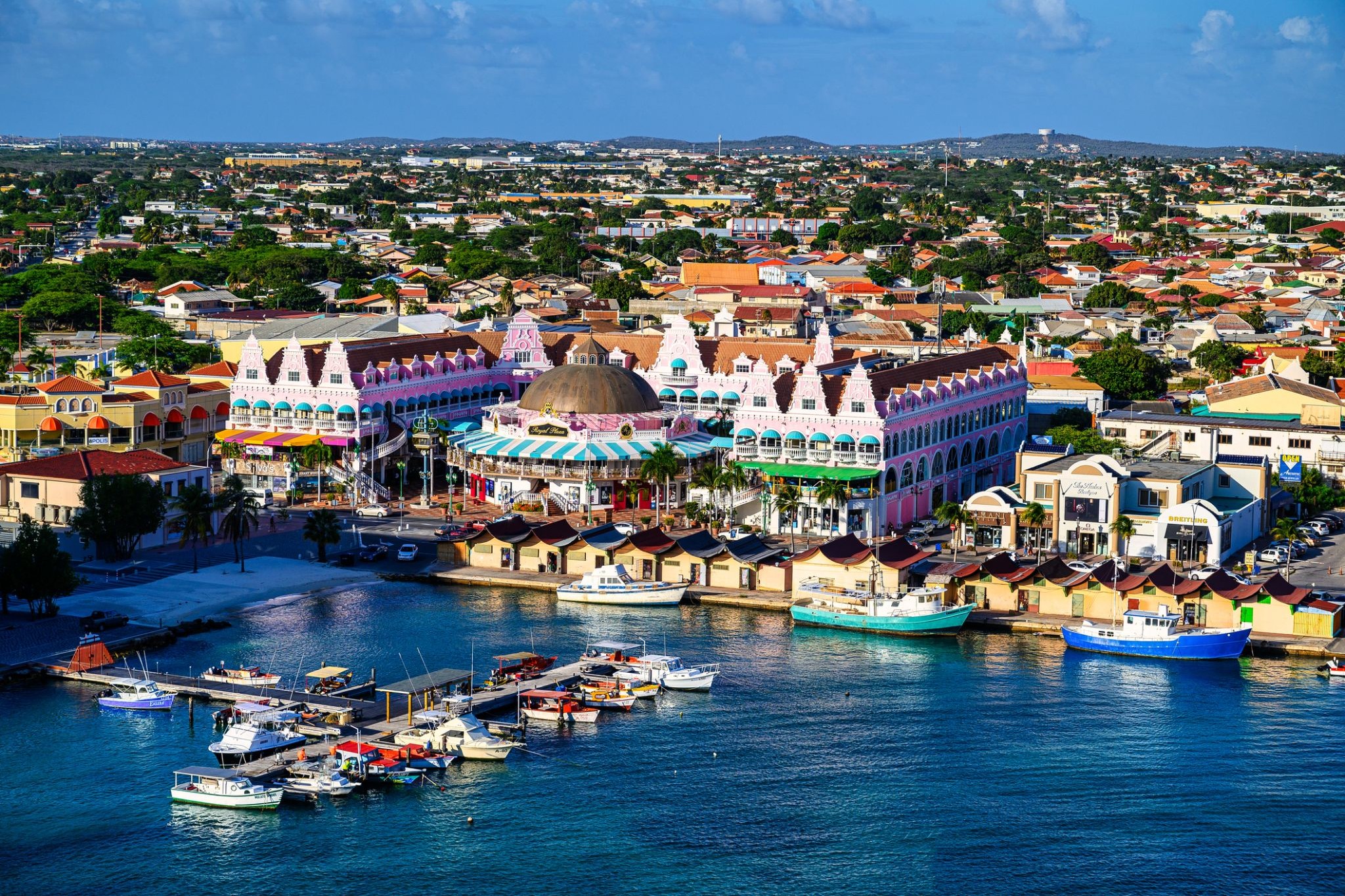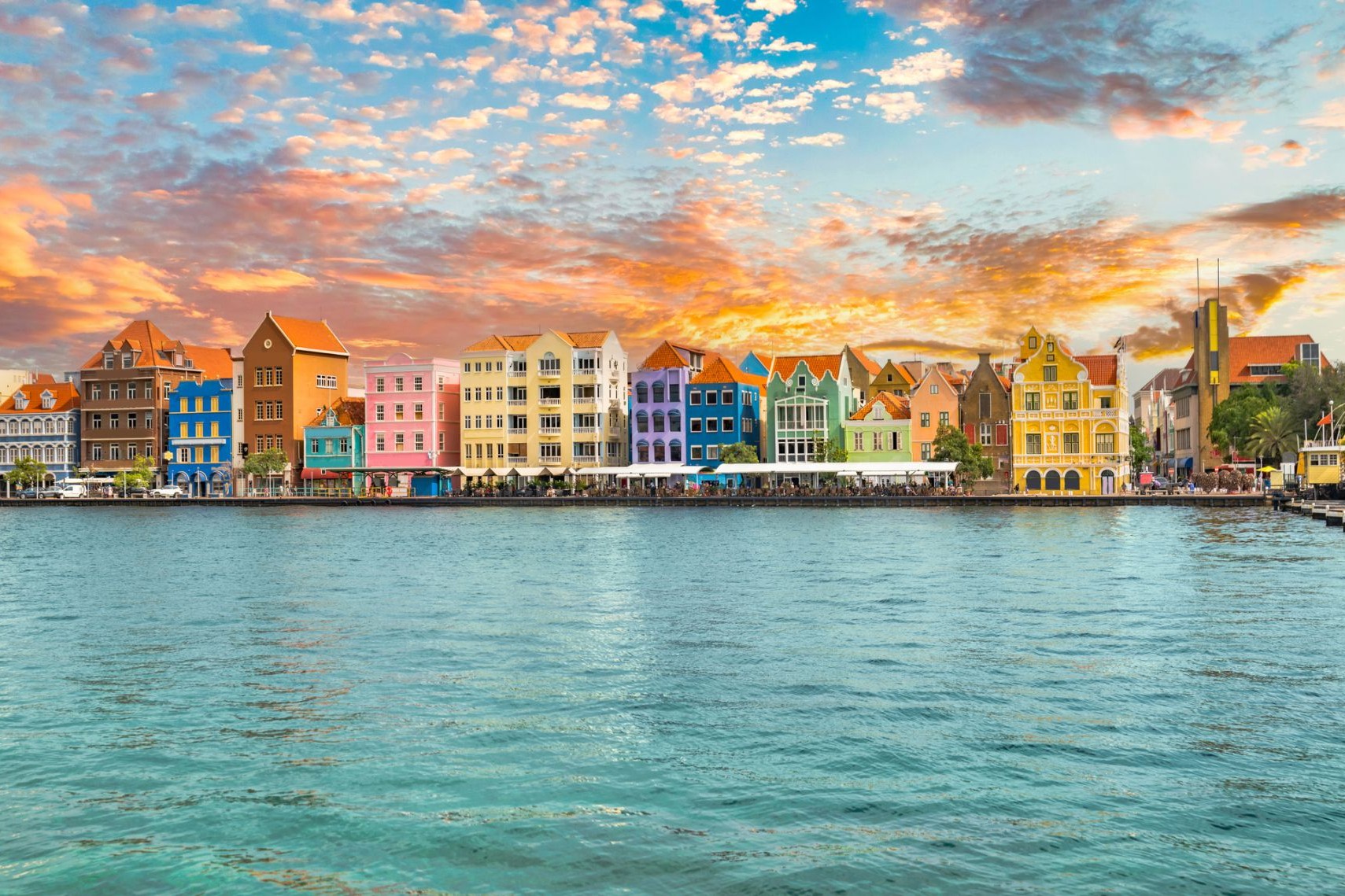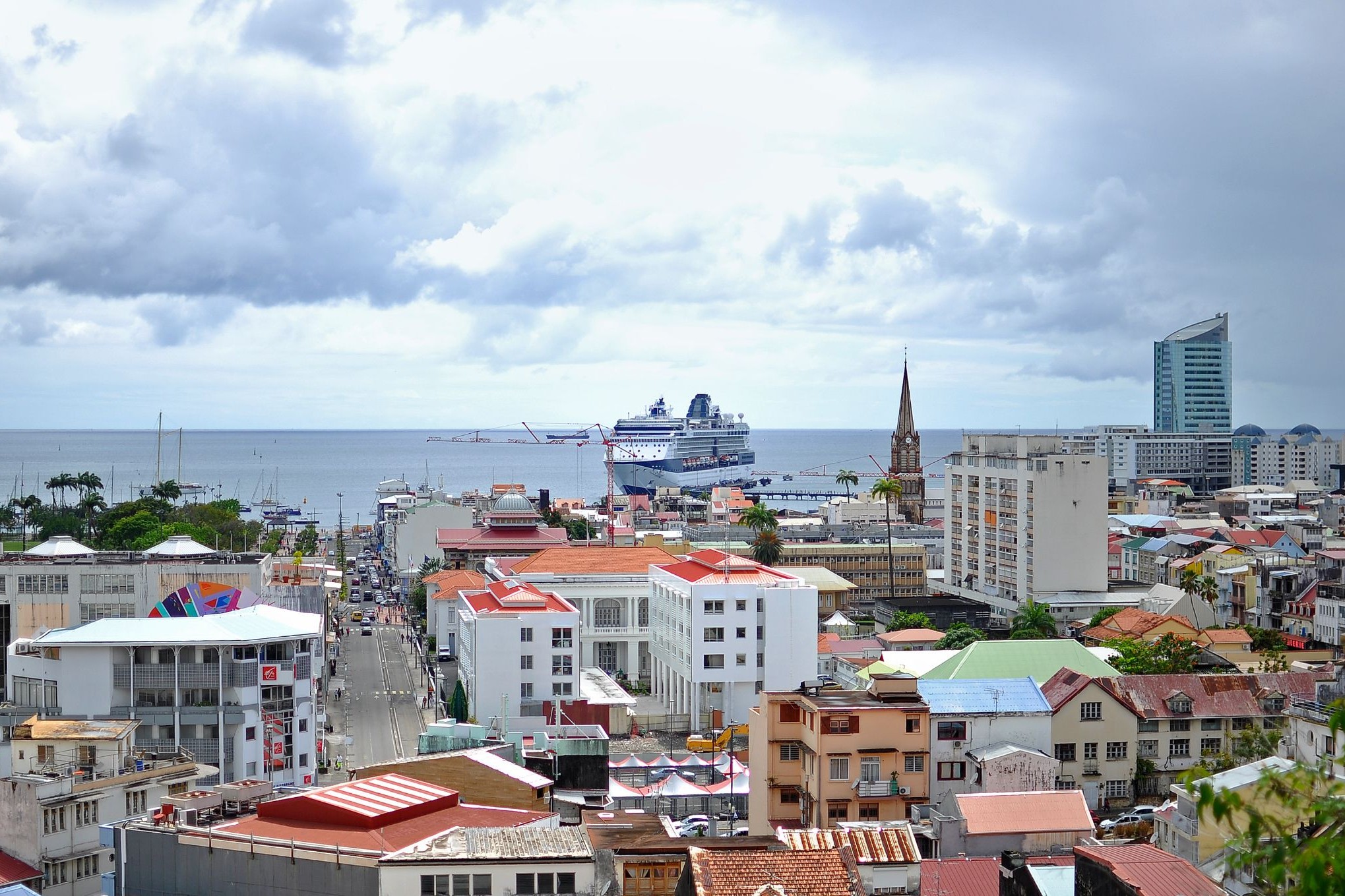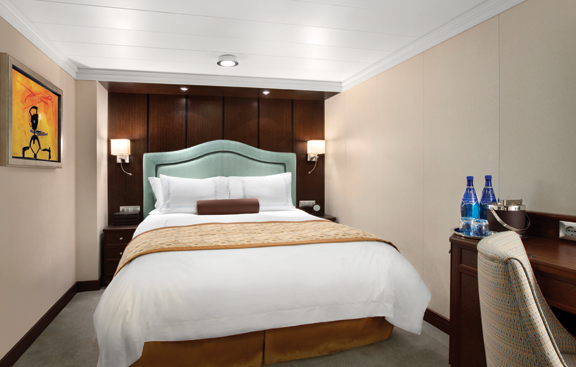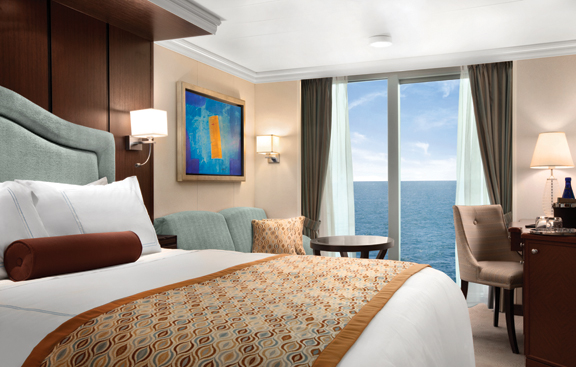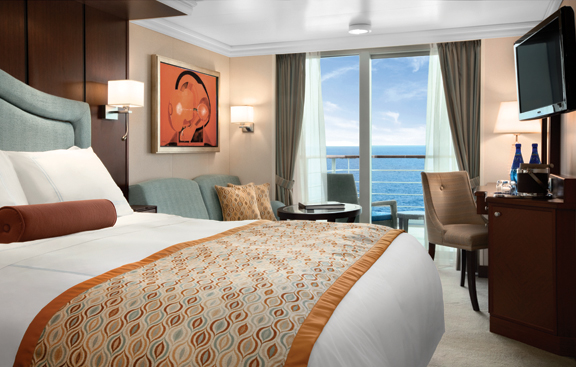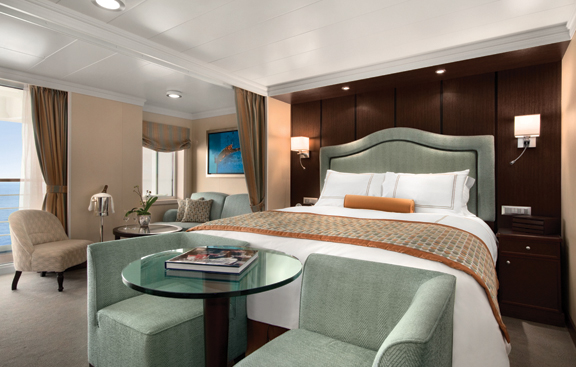
Rejs 30 941 260
Karaibskie świętowanie
| Region rejsu : Karaiby |
| Firma : Oceania Cruises |
| Statek : Marina |
| Data rozpoczęcia : wt. 22 gru 2026 |
| Data zakończenia : wt. 05 sty 2027 |
| Liczba nocy : 14 nocy |
Harmonogram
| Dzień | Data | Port | Wypłynięcie | Odpłynięcie |
|---|---|---|---|---|
| 1 | 22.12 wt. | Miami / USA | 07:00 | 17:00 |
| 2 | 23.12 śr. | Dzień na morzu / Morze | ||
| 3 | 24.12 czw. | Leesburg / USA | 08:00 | 18:00 |
| 4 | 25.12 pt. | Montego Bay / Jamajka | 08:00 | 18:00 |
| 5 | 26.12 sob. | Dzień na morzu / Morze | ||
| 6 | 27.12 niedz. | Aruba (Oranjestad) / Aruba | 07:00 | 17:00 |
| 7 | 28.12 pon. | Curaçao / Curacao | 07:00 | 19:00 |
| 8 | 29.12 wt. | Kralendijk / Bonaire | 07:00 | 14:00 |
| 9 | 30.12 śr. | Saint-Georges / French Guiana | 13:00 | 21:00 |
| 10 | 31.12 czw. | Fort-de-France, Martynika (wyspa) / Martynika | 09:00 | 19:00 |
| 11 | 1.01 pt. | Basseterre, Saint Kitts / Saint Kitts i Nevis | 08:00 | 18:00 |
| 12 | 2.01 sob. | PHILIPSBURG / Anguilla | 07:00 | 17:00 |
| 13 | 3.01 niedz. | Dzień na morzu / Morze | ||
| 14 | 4.01 pon. | Dzień na morzu / Morze | ||
| 15 | 5.01 wt. | Miami / USA | 07:00 | 17:00 |
-
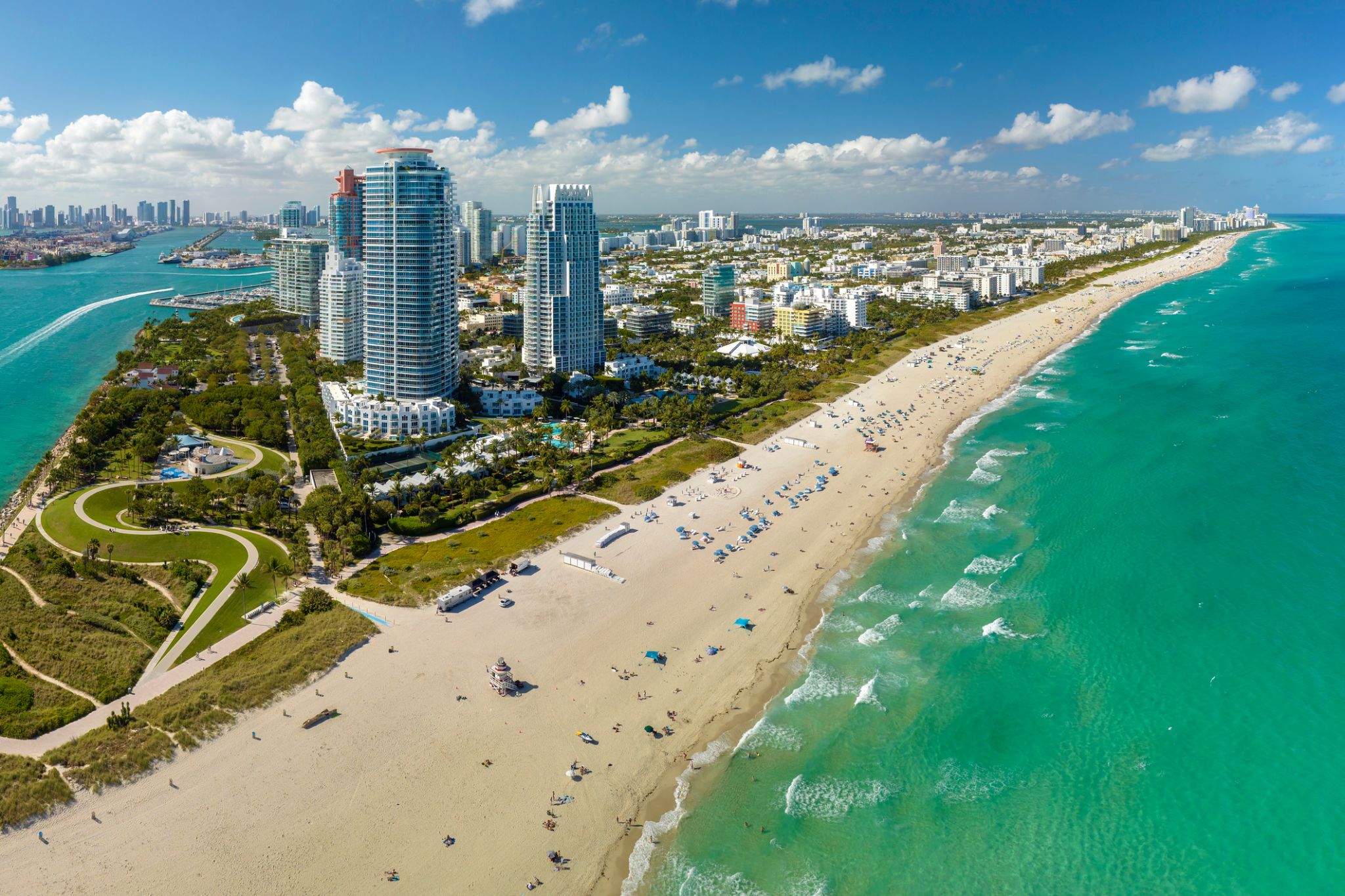 Dzień 1: 07:00-17:00
Dzień 1: 07:00-17:00Miami / USA
Miami, officially the City of Miami, is the cultural, economic and financial center of South Florida. Miami is the seat of Miami-Dade County, the most populous county in Florida. The city covers an area of about 56.6 square miles (147 km2), between the Everglades to the west and Biscayne Bay on the east; with a 2017 estimated population of 463,347, Miami is the sixth most densely populated major city in the United States. The Miami metropolitan area is home to 6.1 million people and the seventh-largest metropolitan area in the nation. Miami's metro area is the second-most populous metropolis in the southeastern United States and fourth-largest urban area in the U.S.
Miami is a major center, and a leader in finance, commerce, culture, media, entertainment, the arts, and international trade. The Miami Metropolitan Area is by far the largest urban economy in Florida and the 12th largest in the United States with a GDP of $344.9 billion as of 2017. In 2012, Miami was classified as an "Alpha−" level world city in the World Cities Study Group's inventory. In 2010, Miami ranked seventh in the United States and 33rd among global cities in terms of business activity, human capital, information exchange, cultural experience, and political engagement. In 2008, Forbes magazine ranked Miami "America's Cleanest City", for its year-round good air quality, vast green spaces, clean drinking water, clean streets, and citywide recycling programs. According to a 2009 UBS study of 73 world cities, Miami was ranked as the richest city in the United States, and the world's seventh-richest city in terms of purchasing power. Miami is nicknamed the "Capital of Latin America" and is the largest city with a Cuban-American plurality.
Greater Downtown Miami has one of the largest concentrations of international banks in the United States, and is home to many large national and international companies. The Civic Center is a major center for hospitals, research institutes, medical centers, and biotechnology industries. For more than two decades, the Port of Miami, known as the "Cruise Capital of the World", has been the number one cruise passenger port in the world. It accommodates some of the world's largest cruise ships and operations, and is the busiest port in both passenger traffic and cruise lines. Metropolitan Miami is also a major tourism hub in the southeastern U.S. for international visitors, ranking number two in the country after New York City.
-
 Dzień 2:
Dzień 2:Dzień na morzu / Morze
-
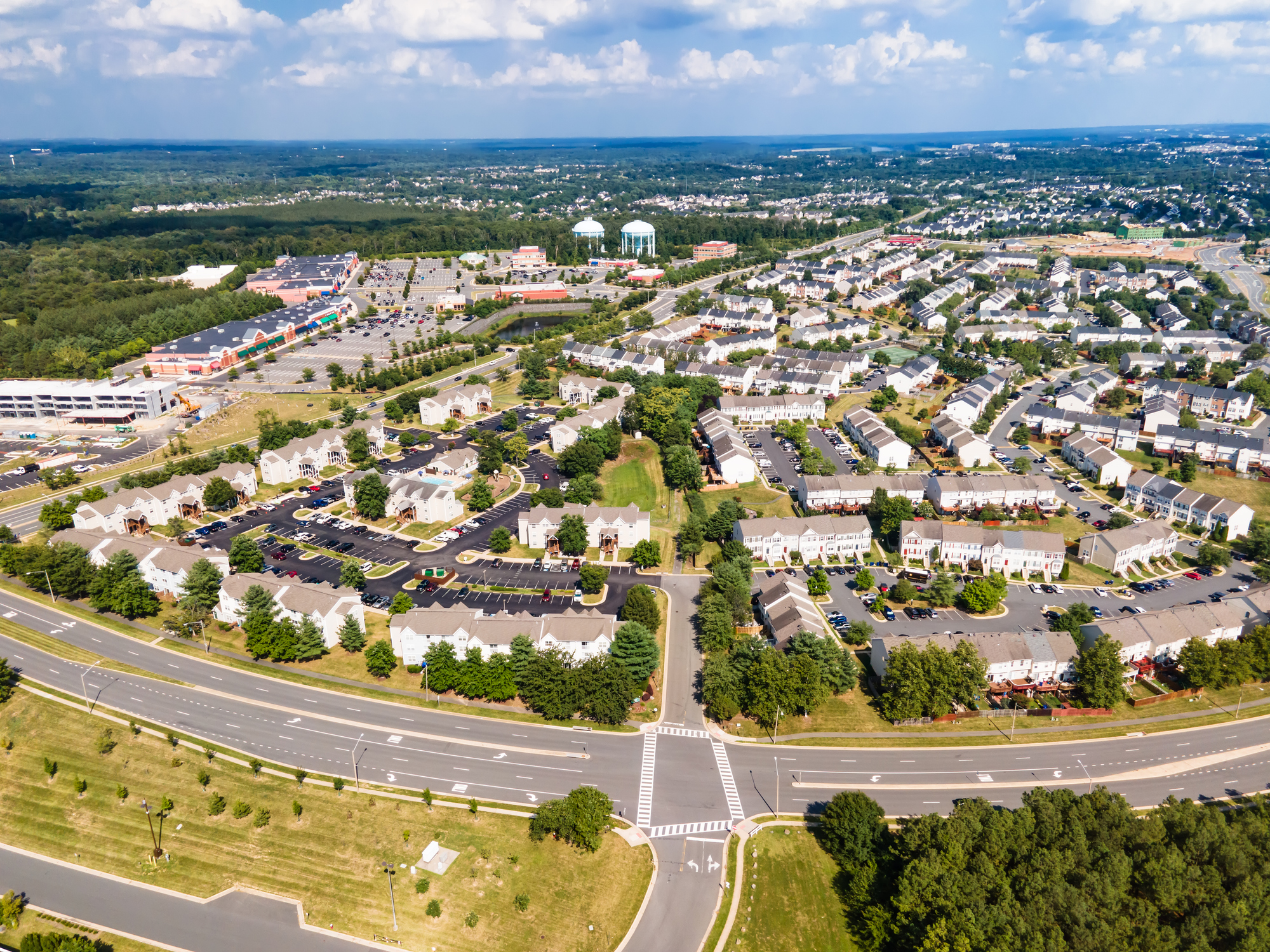 Dzień 3: 08:00-18:00
Dzień 3: 08:00-18:00Leesburg / USA
-
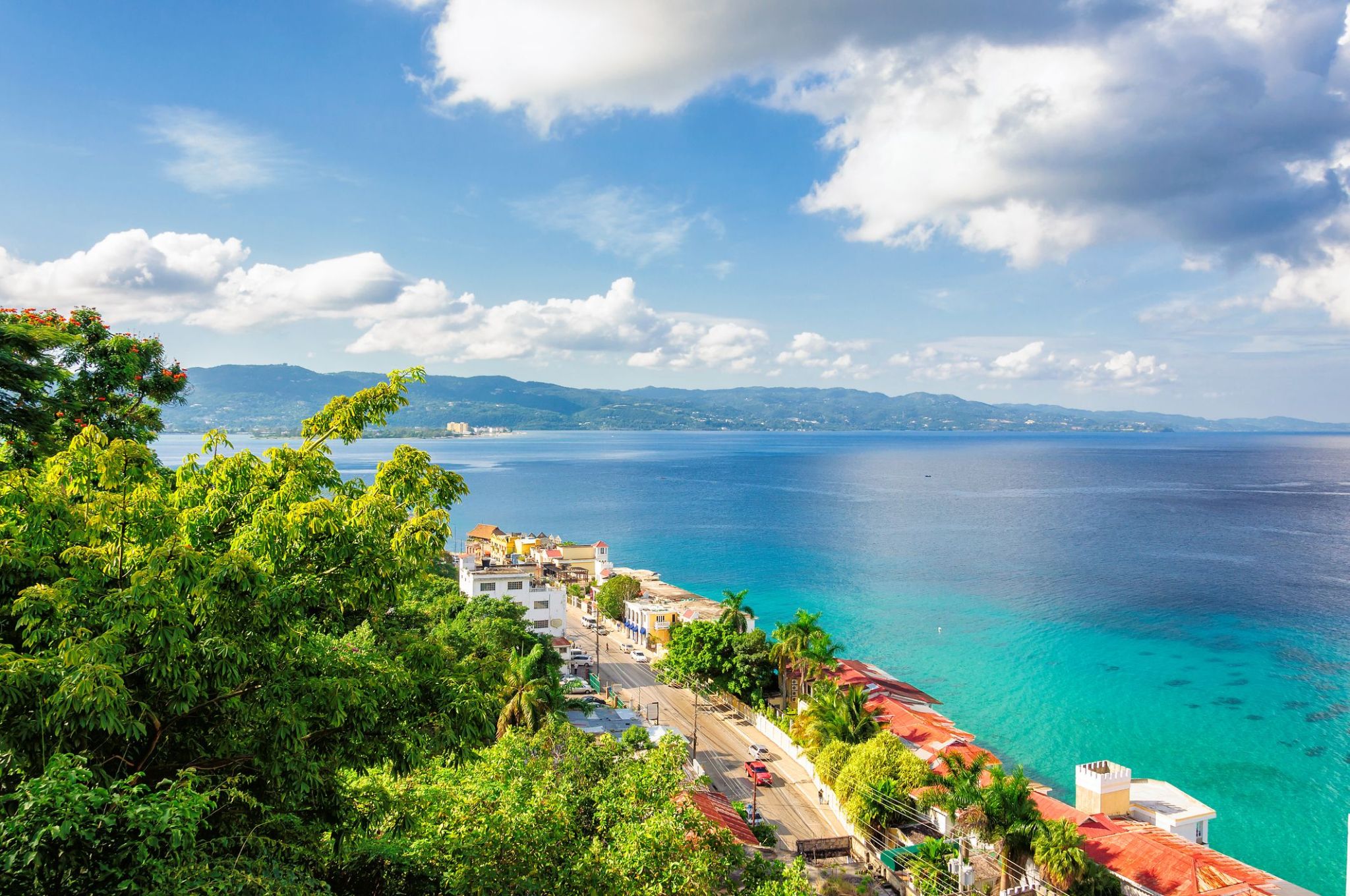 Dzień 4: 08:00-18:00
Dzień 4: 08:00-18:00Montego Bay / Jamajka
Montego Bay to malownicza zatoka na północno-zachodnim wybrzeżu Jamajki, słynąca z pięknych plaż i raf koralowych, które są idealne do nurkowania i snorkelingu. Zatoka ta jest domem dla jednego z największych ośrodków turystycznych na wyspie — Montego Bay, który przyciąga turystów nie tylko białymi piaszczystymi plażami, ale także bogatą historią. Znajdują się tu stare plantacje, takie jak Rose Hall, związane z mistycznymi historiami, a także luksusowe hotele i ośrodki wypoczynkowe oferujące wysokiej klasy usługi.
Oprócz wypoczynku na plaży, podróżni mogą zwiedzać naturalne piękno zatoki, w tym wodospady i gorące źródła, a także cieszyć się lokalną kulturą poprzez festiwale muzyczne, kuchnię i tradycyjne rynki. Montego Bay stanowi również doskonałą bazę dla tych, którzy chcą zwiedzać inne zakątki Jamajki, w tym parki narodowe, gdzie można uprawiać trekking lub podziwiać unikalną florę i faunę. To miejsce, w którym aktywny wypoczynek spotyka się z relaksującą atmosferą karaibskiego raju.
-
 Dzień 5:
Dzień 5:Dzień na morzu / Morze
-
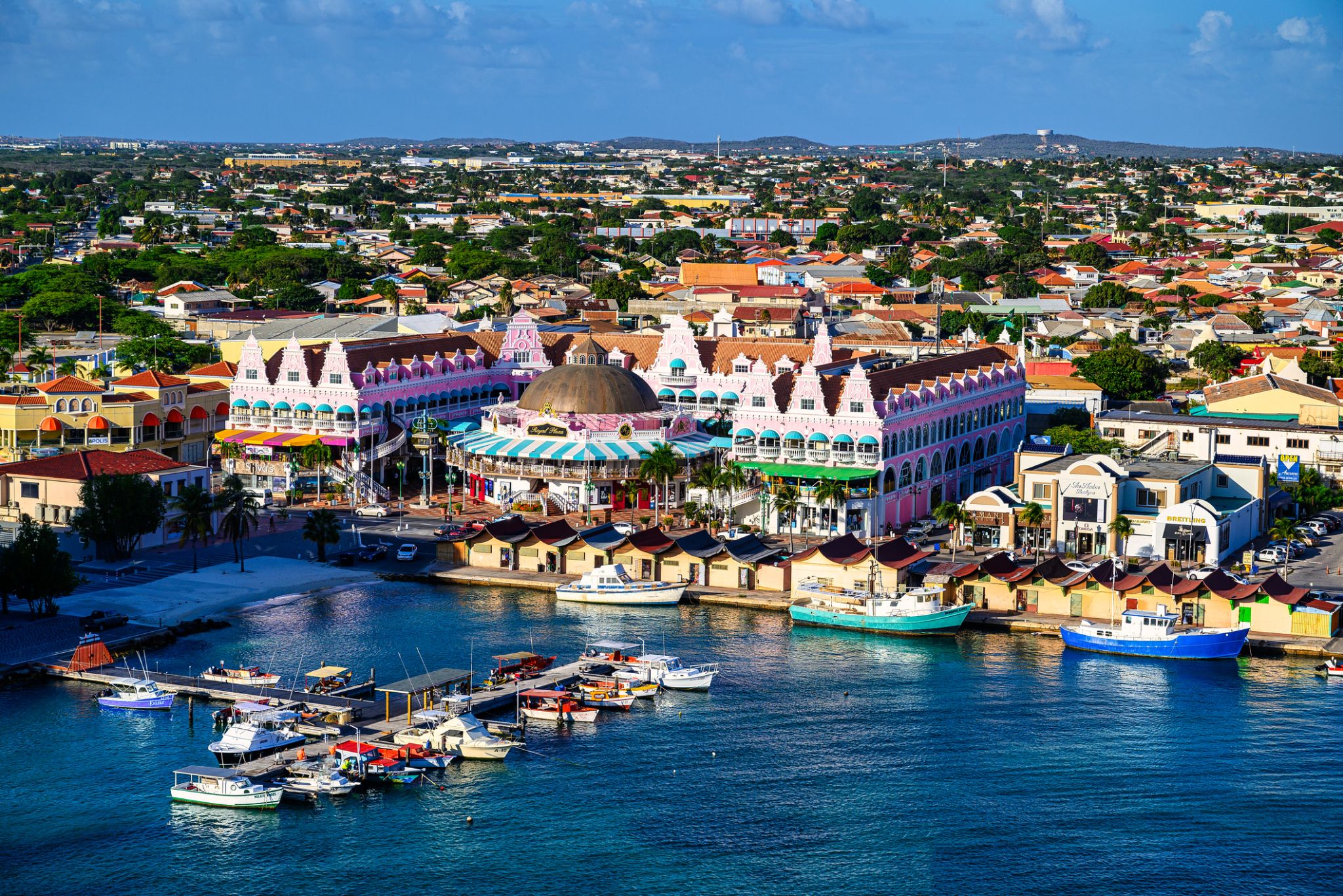 Dzień 6: 07:00-17:00
Dzień 6: 07:00-17:00Aruba (Oranjestad) / Aruba
Aruba is an island and a constituent country of the Kingdom of the Netherlands in the southern Caribbean Sea, located about 1,600 kilometres (990 mi) west of the main part of the Lesser Antilles and 29 kilometres (18 mi) north of the coast of Venezuela. It measures 32 kilometres (20 mi) long from its northwestern to its southeastern end and 10 kilometres (6 mi) across at its widest point. Together with Bonaire and Curaçao, Aruba forms a group referred to as the ABC islands. Collectively, Aruba and the other Dutch islands in the Caribbean are often called the Dutch Caribbean.
Aruba is one of the four countries that form the Kingdom of the Netherlands, along with the Netherlands, Curaçao, and Sint Maarten; the citizens of these countries are all Dutch nationals. Aruba has no administrative subdivisions, but, for census purposes, is divided into eight regions. Its capital is Oranjestad.
Unlike much of the Caribbean region, Aruba has a dry climate and an arid, cactus-strewn landscape. This climate has helped tourism as visitors to the island can reliably expect warm, sunny weather. It has a land area of 179 km2(69.1 sq mi) and is densely populated, with a total of 102,484 inhabitants at the 2010 Census. It lies outside Hurricane Alley.
-
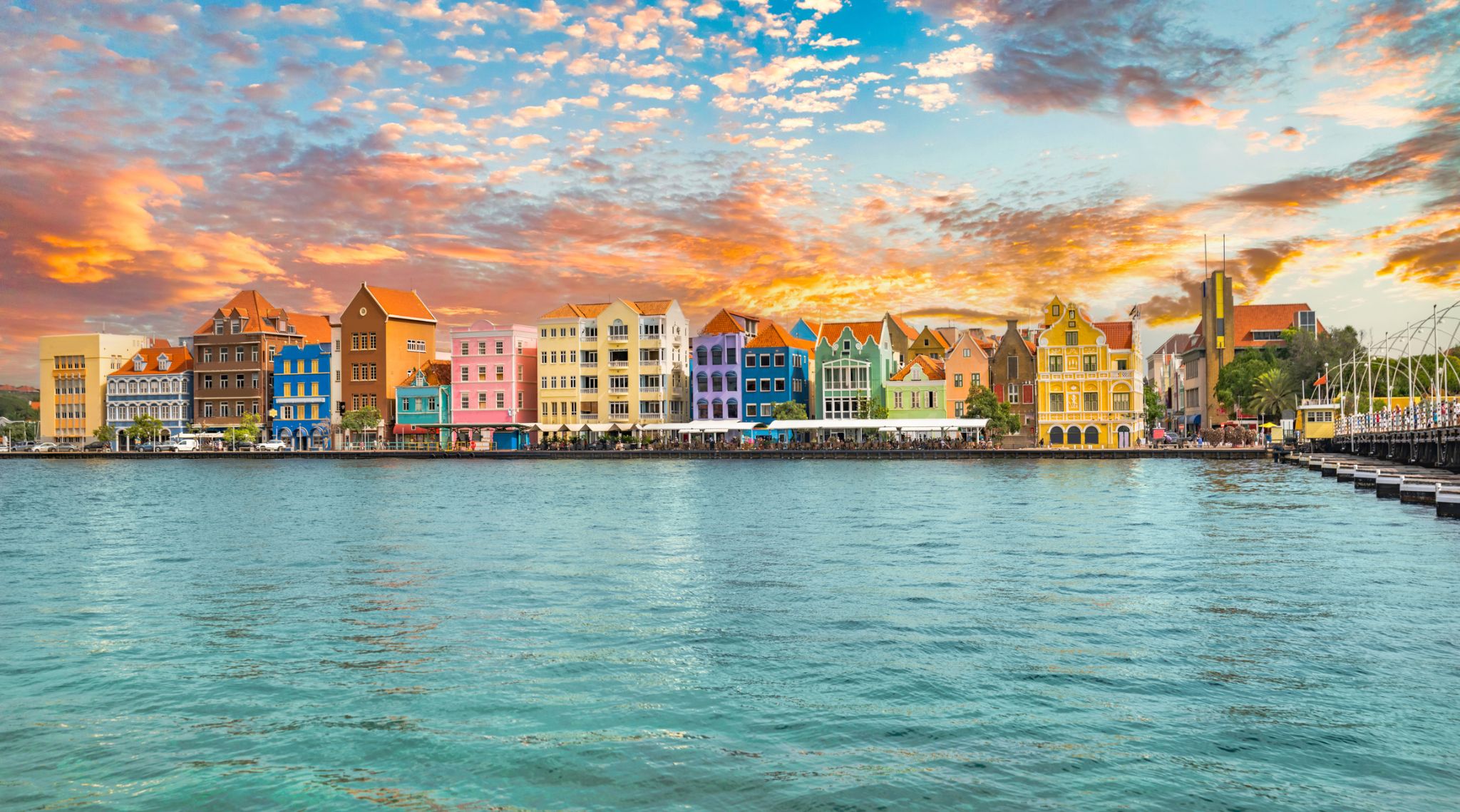 Dzień 7: 07:00-19:00
Dzień 7: 07:00-19:00Curaçao / Curacao
Curaçao jest wyspą w Małych Antylach na południowym Morzu Karaibskim i w regionie Karaibów Holenderskich, około 65 km (40 mil) na północ od wybrzeża Wenezueli. Jest krajem składowym (hol. land) Królestwa Niderlandów.
-
 Dzień 8: 07:00-14:00
Dzień 8: 07:00-14:00Kralendijk / Bonaire
Przytulnie położone na wyspie Bonaire na Morzu Karaibskim, Kralendijk przyciąga podróżnych swoją spokojną atmosferą i malowniczą promenadą. To niewielkie miasteczko jest administracyjnym centrum wyspy i prawdziwym rajem dla miłośników snorkelingu i nurkowania: wybrzeże obfituje w rafy koralowe i krystalicznie czystą wodę, gdzie można obserwować tropikalne ryby tuż przy brzegu.
Kralendijk zachwyca pastelowymi domkami w stylu kolonialnym, przytulnymi kawiarniami i serdecznymi mieszkańcami. Turyści mogą spacerować cichymi uliczkami, odwiedzać lokalne sklepy z rękodziełem lub wybrać się na rejs po morskim parku Bonaire. To idealne miejsce dla tych, którzy pragną spokoju, słońca i niezapomnianych wrażeń pod wodą.
-
 Dzień 9: 13:00-21:00
Dzień 9: 13:00-21:00Saint-Georges / French Guiana
-
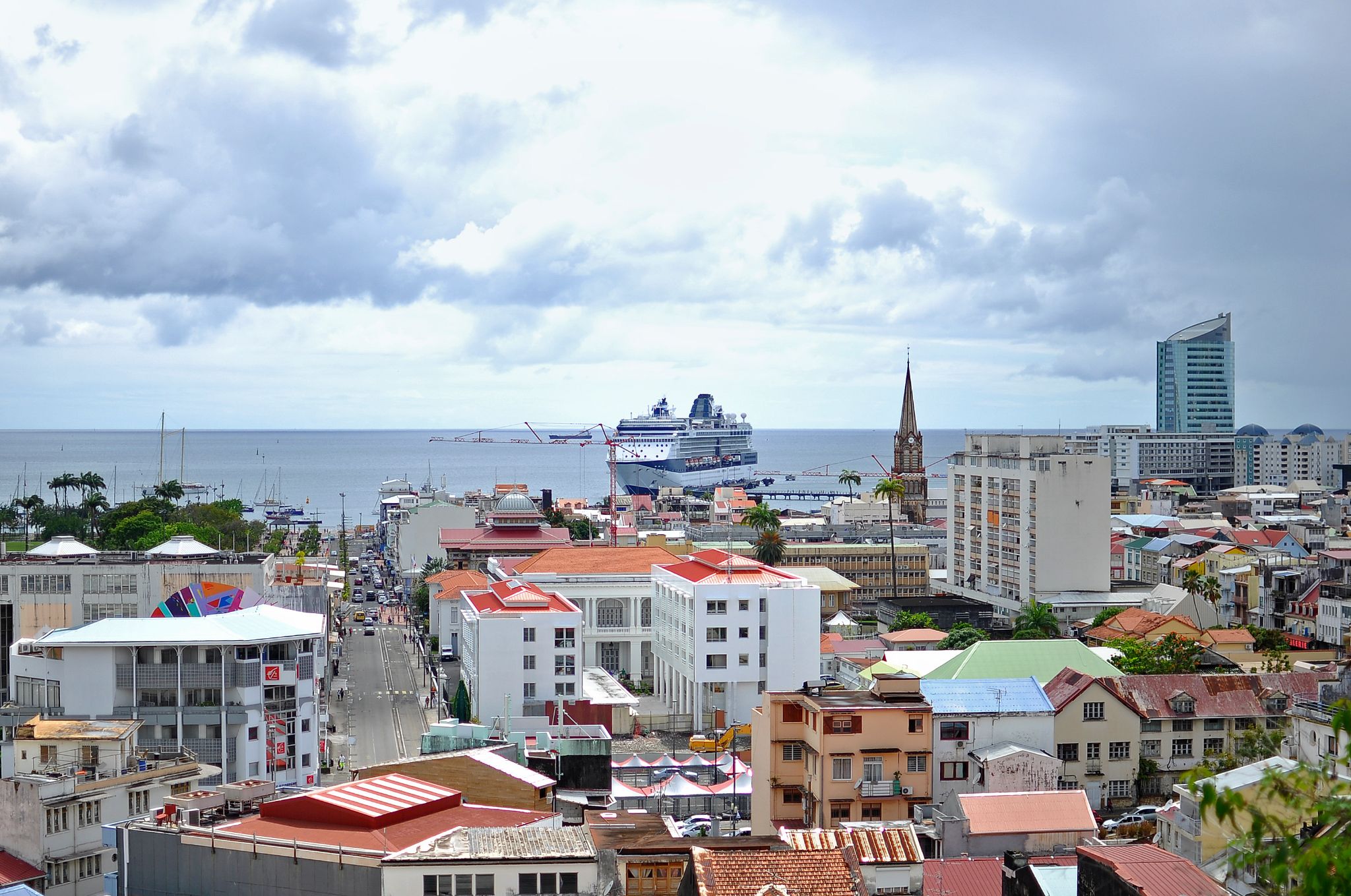 Dzień 10: 09:00-19:00
Dzień 10: 09:00-19:00Fort-de-France, Martynika (wyspa) / Martynika
Fort-de-France – Serce Martyniki
Fort-de-France to stolica wyspy Martynika, położona na jej południowym zachodzie. To malownicze miasto portowe łączy francuską elegancję z karaibską egzotyką. Spacerując po jego ulicach, można podziwiać starą architekturę, atmosferę lokalnych rynków i zapierające dech w piersiach widoki na zatokę. Główną atrakcją architektoniczną jest cytadela Fort-de-France, z której roztacza się panoramiczny widok na miasto i wyspę.
Dla turystów Fort-de-France oferuje bogate doświadczenie kulturowe: odwiedziny w muzeach, w tym w Muzeum Martyniki, poznawanie lokalnej kuchni i tradycji. Natura wyspy zachwyca: białe plaże, palmy, tropikalne lasy i wulkaniczne góry – wszystko to sprawia, że Fort-de-France jest idealnym miejscem na relaks i odkrywanie unikalnej karaibskiej kultury. -
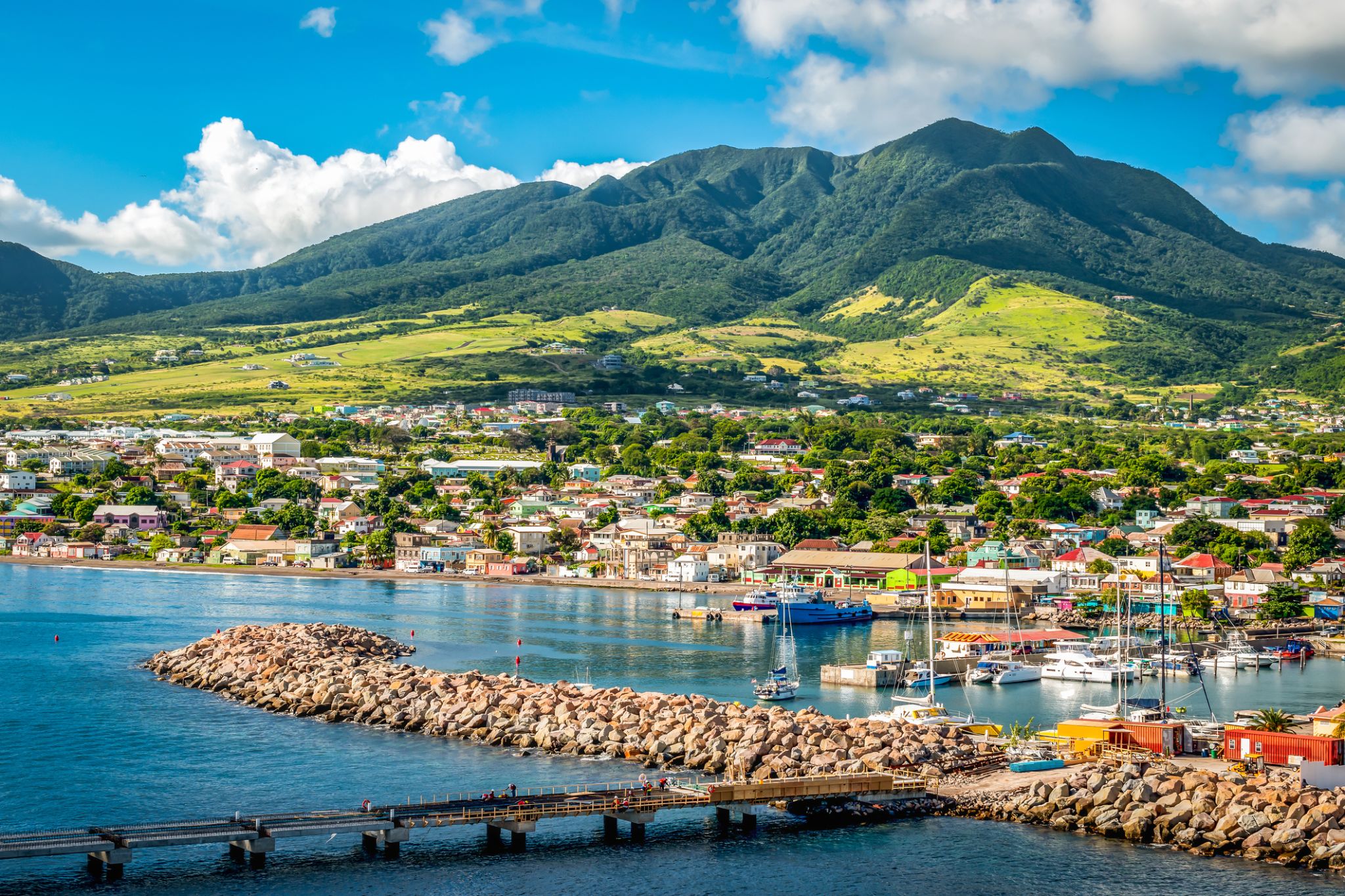 Dzień 11: 08:00-18:00
Dzień 11: 08:00-18:00Basseterre, Saint Kitts / Saint Kitts i Nevis
-
 Dzień 12: 07:00-17:00
Dzień 12: 07:00-17:00PHILIPSBURG / Anguilla
-
 Dzień 13:
Dzień 13:Dzień na morzu / Morze
-
 Dzień 14:
Dzień 14:Dzień na morzu / Morze
-
 Dzień 15: 07:00-17:00
Dzień 15: 07:00-17:00Miami / USA
Miami, officially the City of Miami, is the cultural, economic and financial center of South Florida. Miami is the seat of Miami-Dade County, the most populous county in Florida. The city covers an area of about 56.6 square miles (147 km2), between the Everglades to the west and Biscayne Bay on the east; with a 2017 estimated population of 463,347, Miami is the sixth most densely populated major city in the United States. The Miami metropolitan area is home to 6.1 million people and the seventh-largest metropolitan area in the nation. Miami's metro area is the second-most populous metropolis in the southeastern United States and fourth-largest urban area in the U.S.
Miami is a major center, and a leader in finance, commerce, culture, media, entertainment, the arts, and international trade. The Miami Metropolitan Area is by far the largest urban economy in Florida and the 12th largest in the United States with a GDP of $344.9 billion as of 2017. In 2012, Miami was classified as an "Alpha−" level world city in the World Cities Study Group's inventory. In 2010, Miami ranked seventh in the United States and 33rd among global cities in terms of business activity, human capital, information exchange, cultural experience, and political engagement. In 2008, Forbes magazine ranked Miami "America's Cleanest City", for its year-round good air quality, vast green spaces, clean drinking water, clean streets, and citywide recycling programs. According to a 2009 UBS study of 73 world cities, Miami was ranked as the richest city in the United States, and the world's seventh-richest city in terms of purchasing power. Miami is nicknamed the "Capital of Latin America" and is the largest city with a Cuban-American plurality.
Greater Downtown Miami has one of the largest concentrations of international banks in the United States, and is home to many large national and international companies. The Civic Center is a major center for hospitals, research institutes, medical centers, and biotechnology industries. For more than two decades, the Port of Miami, known as the "Cruise Capital of the World", has been the number one cruise passenger port in the world. It accommodates some of the world's largest cruise ships and operations, and is the busiest port in both passenger traffic and cruise lines. Metropolitan Miami is also a major tourism hub in the southeastern U.S. for international visitors, ranking number two in the country after New York City.
